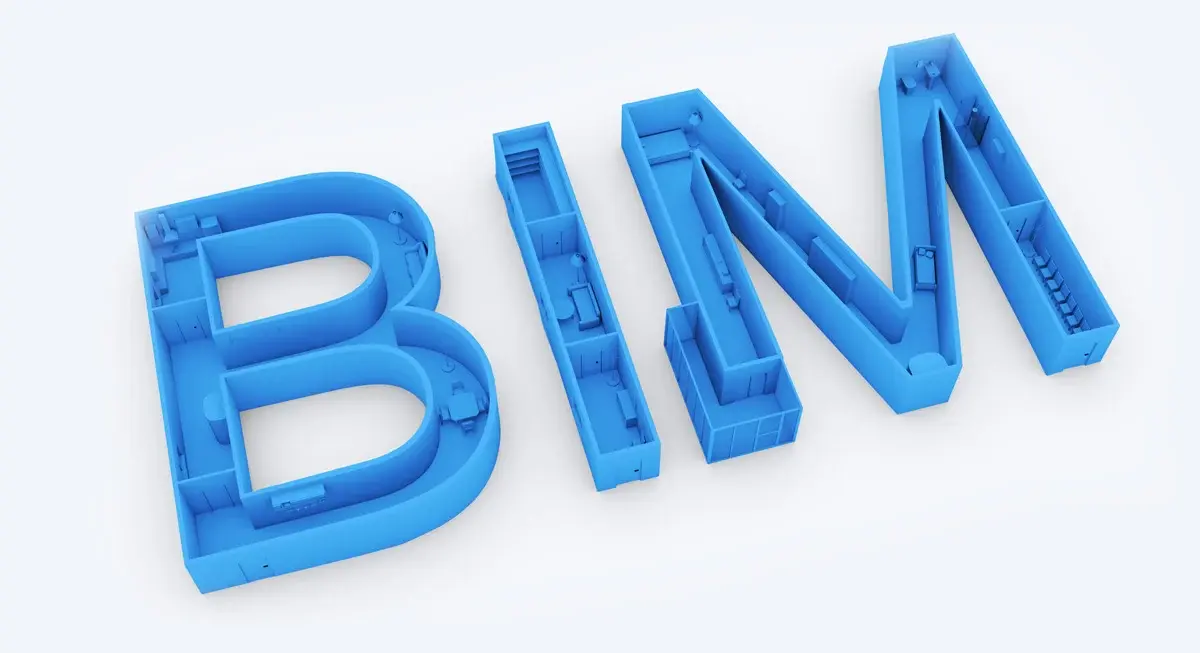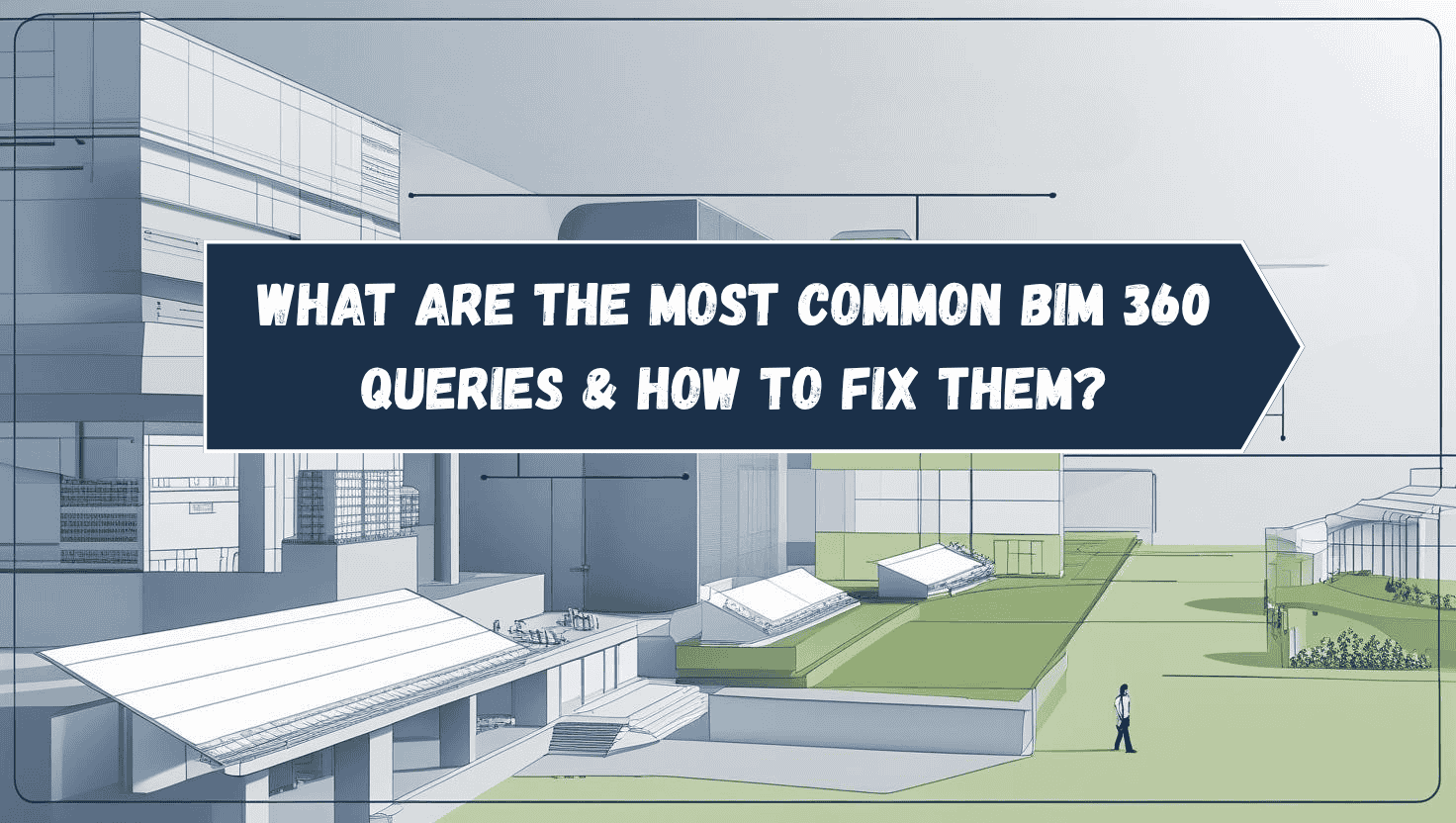
Building Information Modelling (BIM) technology has evolved from being a 3D modelling tool to a complex workflow that integrates design, construction, and management processes. If you’re asking what is BIM technology, it’s a data‑rich digital methodology that enhances collaboration and efficiency. This tremendous growth aligns with current bim trends and the need for advanced technology for standardised building construction and maintenance.
BIM has been leading this change and has proved itself to be effective and efficient. With many countries mandating it for public projects, private companies also see the value in hiring professionals skilled in it. Within the bim industry, adoption has accelerated, making expertise in bim application increasingly valuable.
In this blog, we will cover the top 5 BIM skills that are predicted to dominate the Architecture, Engineering and Construction (AEC) industry.
Top 5 BIM Technologies & Their Industry Applications
As part of emerging bim future trends and to answer what are the global trends in BIM, we explore these technologies that are poised to shape the AEC sector.
1. Cloud‑Based BIM Collaboration Platforms

The cloud‑based construction management and collaboration platform provides a centralised workflow for data that can be shared and updated in real time. It enables all stakeholders—including architects, engineers, contractors, and clients—to view and update the model in real time from any location. Autodesk BIM 360 and Trimble Connect are some of the software programs that are capable of it.
Applications:
- Collaborates on the model in real time across stakeholders.
- Updates real‑time data from multiple locations.
- Enhances projected efficiency and makes the process transparent.
- Reduces reworks and communication gaps.
With the growing need for global teams, it becomes all the more important to maintain transparency and efficiency of the project.
2. Scan‑to‑BIM

Scan‑to‑BIM uses laser scanning to capture the as‑built conditions of a structure, producing detailed point cloud data that is then converted into a BIM model.
Applications:
- Creating as‑built models for existing structures.
- Supporting renovation, restoration, and retrofit projects.
- Performing accurate condition assessments and documentation.
- Verifying construction against design specifications.
- Supporting facilities management with real‑world data.
It significantly speeds up surveying, improves precision, and reduces manual errors—critical for complex renovations and heritage projects.
3. 4D and 5D BIM

4D and 5D BIM models are much more detailed versions of a 3D model: the 4D model adds the dimension of time, and 5D BIM integrates cost data. They act as a powerful tool to visualise the project timeline and budget together, providing a much more detailed view.
Applications:
- Early identification of scheduling conflicts.
- Real‑time cost estimation and budget management.
- Cash‑flow forecasting based on project stages.
These capabilities help stakeholders make better‑informed decisions, saving both cost and time.
4. Generative Design and AI Integration

By using AI algorithms, Generative Design can create alternative concepts and designs based on multiple inputs. Parameters like space requirements, materials, environmental goals, and cost can be fed into the system to reduce time and effort in reiterating ideas.
Applications:
- Generating multiple options for buildings, interiors, or urban layouts.
- Predictive analytics for materials selection and performance.
- Optimisation for energy efficiency, structural integrity, daylighting, or cost.
This bim application pushes the boundaries of creativity through simple prompts, enhancing the workflow while reducing cost and time.
5. Digital Twins

A Digital Twin is a virtual replica of a physical asset, encompassing not just geometry but also functional behaviour. This digital representation allows for real‑time monitoring and analysis, leading to better decision‑making.
Applications:
- Optimising and monitoring building performance.
- Predicting failures for maintenance by identifying issues early.
- Enhancing facility management with accurate, dynamic building data.
Digital twins unlock new possibilities in managing buildings more smartly, reflecting broader bim industry trends towards data‑driven operation.
Check out: Top 5 BIM Trends in 2025
Why Learning These Technologies Is Critical for AEC Professionals
As the AEC industry is rapidly becoming tech‑driven, adopting these tools—key aec industry trends BIM professionals must track—has become the new normal.
1. Rising Industry Demand for BIM‑Proficient Talent
Government bodies and private clients worldwide are mandating BIM for large‑scale public projects. This surge in bim industry trends creates high demand for BIM‑trained professionals in private companies, which must stay competitive.
2. The Right Skill Sets Are Becoming the Norm
Roles in the AEC industry are evolving: architects now interact with cost data, engineers collaborate in real time with contractors, and facility managers rely on digital twins. Understanding these technologies allows professionals to work seamlessly across disciplines, making them more valuable team members.
3. Career Acceleration & Global Opportunities
Learning BIM accelerates one’s career, opening roles like BIM modeller and BIM manager that not only command higher salaries but also offer global mobility—reflecting the bim future trends toward international standardisation.
How Novatr’s BIM Training Covers These Innovations?
Novatr’s BIM Professional Courses is designed with one clear goal: to equip AEC professionals with future‑ready skills that align with the latest industry demands. Unlike traditional BIM courses that stop at basic modelling, Novatr’s BIM courses dive deep into the technologies reshaping the built environment, preparing learners to thrive in a tech‑driven job market.
1. Mastery of Advanced BIM Tools & Workflows
Hands‑on training with tools like Revit, Navisworks, BIM 360, and Dynamo, enabling learners to create, manage, and coordinate multi‑disciplinary BIM models in real‑world scenarios.
2. Real‑World Application via Capstone Projects
Industry‑simulated capstone project covering design, coordination, construction planning, and project documentation—mimicking processes used by leading AEC firms globally.
3. Taught by Global AEC Experts
Curriculum designed and delivered by top BIM professionals and digital transformation leaders from firms like Zaha Hadid Architects, BIG, and AECOM.
4. Focus on Global BIM Standards
Training aligns with international BIM protocols and mandates (like ISO 19650), enabling learners to work confidently on projects wherever BIM adoption is advanced.
Also Checkout - 15 Most-Used BIM Modelling Softwares
Companies Adopting These Technologies

1. Foster + Partners – Generative Design & Automation
Technology Used: Generative Design (Dynamo), Computational BIM
Project: Beijing International Airport
2. Ramboll – Scan‑to‑BIM for Infrastructure Modernisation
Technology Used: Leica BLK360, Revit
Project: Railway Bridge Rehabilitation, Denmark
3. Mortenson Construction – Digital Twins for Smart Facility Management
Technology Used: Autodesk Tandem, IoT Integration
Project: Golden 1 Center (NBA Arena), USA
Conclusion
The architecture, engineering, and construction industries are evolving, and BIM is at the heart of that transformation. Whether you're an architect looking to future-proof your career or a professional eager to enter high-performance project environments, structured BIM learning is no longer optional; it's essential.
Novatr’s BIM Professional Course equips you with the tools, the mindset, and the mentorship to step into the global AEC workforce with confidence. From foundational concepts and advanced applications to hands-on project work and career readiness, it’s designed to turn learners into BIM-ready professionals.
Ready to take your career to the next level?
Join thousands of learners who have already transformed their professional journeys with Novatr.
- Visit the Novatr Homepage to understand our mission in transforming AEC education.
- Browse through our Courses Page to find specialised programs tailored for architects and designers.
- Dive into the Learning Hub for in-depth insights, industry trends, and expert resources to stay ahead in the field.
Was this content helpful to you

TABLE OF CONTENTS







